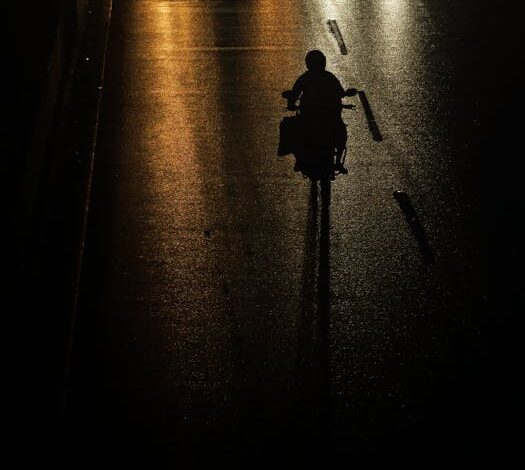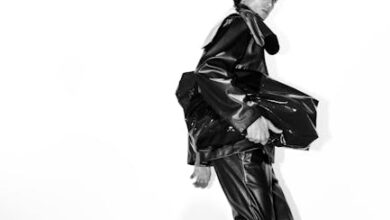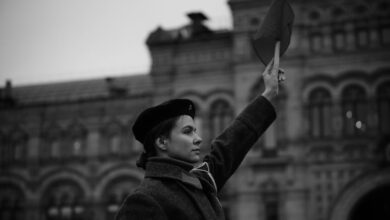The Silent Guardian: A Masterpiece of Mystery

Imagine a secret, hidden in plain sight, for over three decades. Not in some dusty government vault, but sculpted into a magnificent copper artwork adorning the grounds of the CIA headquarters. For 35 years, this enigma, known as Kryptos, whispered its coded secrets to anyone who cared to listen, daring the sharpest minds to unravel its cryptic message. It’s a story of art, intelligence, human ingenuity, and, as it turns out, a rather messy, accidental reveal that only deepened its legend.
The Silent Guardian: A Masterpiece of Mystery
When artist Jim Sanborn unveiled Kryptos in 1990, he gave the world more than just a beautiful sculpture. He embedded four complex coded messages within its undulating copper plates, a challenge meant to be solvable, yet profoundly difficult. It was a symbiotic creation with former CIA chief cryptographer Ed Scheidt, designed to be a testament to the art of codebreaking and the enduring power of secrets.
For years, it stood as a silent guardian, a symbol of the agency’s mission, yet also an open invitation to the public to engage with its core principles: intelligence gathering and decryption. The global community of cryptographers, amateur enthusiasts, and even some within the CIA itself, threw themselves into the puzzle. Each character, each seemingly random letter, was a breadcrumb in a vast intellectual forest.
The first three sections, K1, K2, and K3, eventually yielded their secrets to painstaking effort and brilliant minds. David Stein, a Californian computer scientist, was the first to announce a solution to K1-K3 in 1999. His methods were a blend of traditional cryptanalysis and computational power, a testament to how far codebreaking had come since the Enigma machines. But K4, the shortest and seemingly simplest section, remained stubbornly elusive, mocking every attempt.
The Accidental Crack: A Playwright, a Novelist, and Misplaced Memos
The story of Kryptos’s partial unraveling is less about a single “aha!” moment and more about a slow, often frustrating crawl toward clarity, punctuated by tantalizing hints and, yes, a few fortunate accidents. The journey to decode K4, in particular, took an unexpected turn, blending artistic intent with bureaucratic oversight.
When Art Meets Espionage: Sanborn’s Subtle Clues
It’s important to remember that Jim Sanborn himself always intended for the puzzle to be solvable. He even provided a few clues over the years, subtle nudges to those who were truly dedicated. One such clue came in 2010 when he revealed that characters 64-69 in K4 spelled “BERLIN.” This was a significant breakthrough, offering a critical foothold into the remaining enigma. It showed that the artist, despite the CIA’s preference for eternal secrecy, wanted his creation to be understood, eventually.
The Unforeseen Assist: Playwright, Documents, and a Baffling Hint
However, the real “messy, accidental reveal” of a significant K4 clue traces back to the documents I mentioned earlier. The story is a fascinating blend of the human element and sheer serendipity. It involved a playwright named Jon Gill, whose curiosity about Kryptos led him down a rabbit hole of Freedom of Information Act (FOIA) requests. What he unearthed wasn’t a direct solution, but something almost as good: documents indicating that the key to K4 wasn’t a complex cipher, but rather a simple phrase, “NYPSV,” as a potential substitution key or related hint for a small section.
This wasn’t a deliberate leak by the CIA, but rather a document released under FOIA containing internal discussions and considerations about the puzzle. It was a moment of sheer happenstance, where administrative process met artistic mystery. The documents, rather innocently, pointed toward a specific sequence, giving another critical, yet initially baffling, piece of the puzzle. This accidental disclosure, an unintended byproduct of transparency requests, further energized the decoding community. It wasn’t a full solution, but it was an undeniable, unexpected gift, providing a new vector of attack for those still grappling with K4.
K4: The Enduring Enigma and the Pursuit of the Last Cipher
Despite these critical assists—Sanborn’s direct clue and the accidental document reveal—the fourth section, K4, remains stubbornly unsolved in its entirety. It’s a testament to Sanborn’s original design and the subtle complexities he embedded. The known deciphered parts of Kryptos speak of “an invisible world,” “buried deep,” and “between the earth and sky.” They evoke a sense of hidden knowledge and the elusive nature of information.
The “NYPSV” clue provided by the documents, along with the “BERLIN” clue from Sanborn, helped to establish the final twelve characters of K4 as “VIGET EARTH,” confirming the earlier speculation of the famous phrase “XLYOS EARTH” by solving a permutation of “NYPSV.” This was a huge step forward, effectively solving most of the segment. Yet, the very last characters, or the exact method of combining the clues, remain a point of contention and deep analysis. Some believe the full solution is now known, simply awaiting formal verification; others believe a true twist still hides.
What does this continued pursuit tell us? It speaks volumes about human curiosity, the drive to solve problems, and the allure of secrets. In an age where information is abundant, the deliberate withholding and careful encryption of a message become a powerful draw. It’s a dance between creator and decoder, a game played over decades, captivating minds across the globe.
Kryptos is more than just a sculpture or a series of codes. It’s a living monument to the art and science of cryptography, a constant reminder that some of the most profound truths might be hidden in plain sight, waiting for the right blend of intellect, persistence, and perhaps a touch of serendipity, to be revealed.
Beyond the Copper Plate: Lessons in Persistence and Discovery
The enduring mystery of Kryptos, and the messy, accidental way some of its secrets have come to light, offers a fascinating commentary on the nature of information in the modern age. It highlights how even the most carefully guarded secrets can be nudged into the open by unexpected means—a well-placed FOIA request, an artist’s desire for his work to be understood, or simply the passage of time allowing documents to surface.
It’s a powerful reminder that complex problems often require diverse perspectives and an unwavering commitment to exploration. The hunt for K4 continues not just within the intelligence community, but among a vibrant global network of hobbyists and experts, proving that some challenges are best met by a collective, passionate effort. Perhaps, in its incomplete state, Kryptos perfectly embodies the continuous nature of human discovery: there’s always one more layer to peel back, one more secret waiting just beyond our current grasp.





